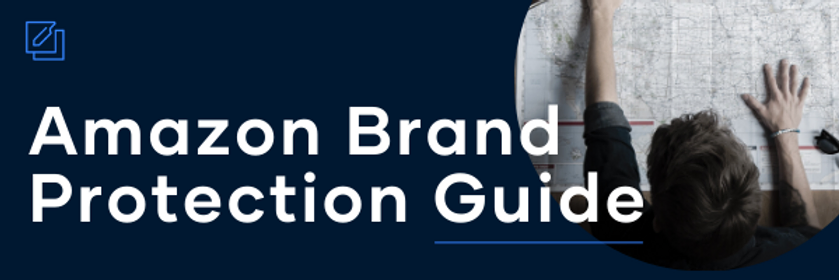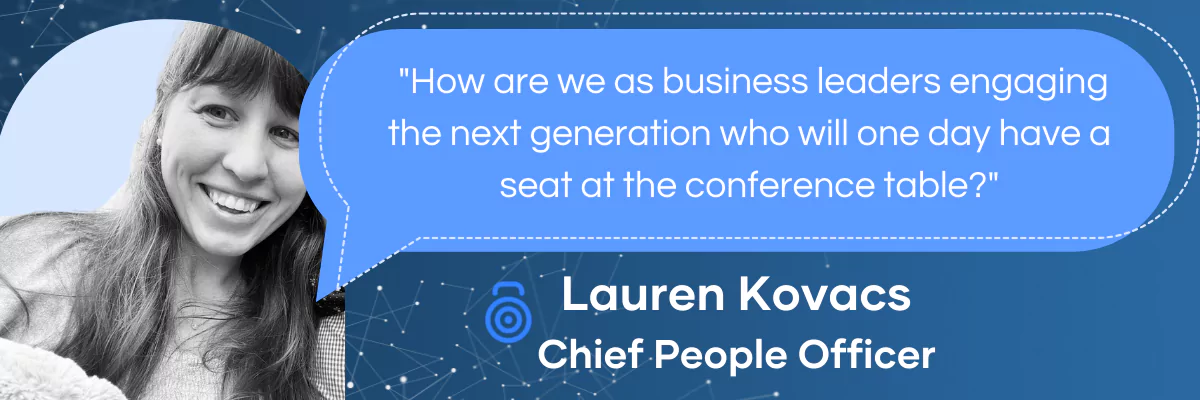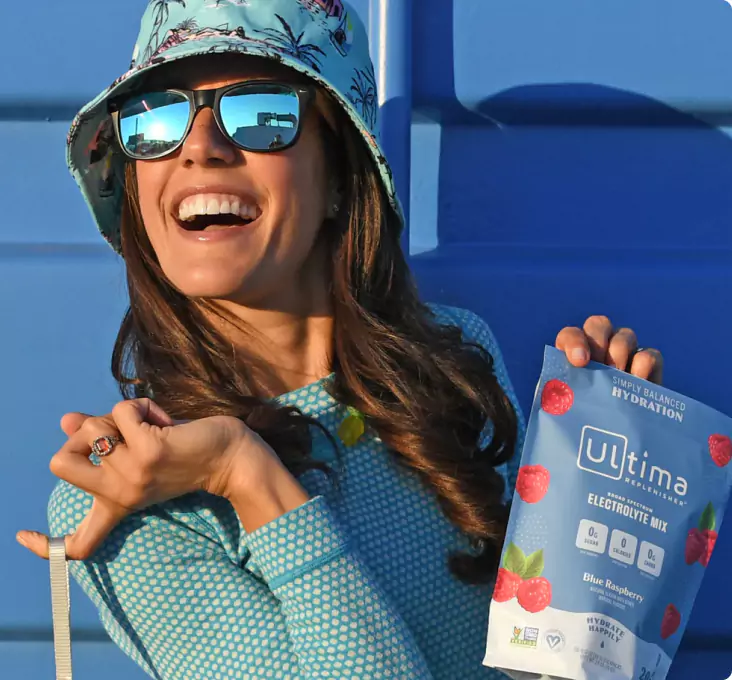It doesn’t take long to notice that both newcomers and old hats selling on Amazon struggle with the same issue—a lack of brand protection offered by the e-commerce king. With the explosion of online selling over the last five years, many companies have stumbled over the right course of action to defend themselves and their products. This has led to “brand protection” becoming an industry buzzword (with a lot of conflicting information on what it actually means to protect a brand online). Since you’re reading this, it’s likely you’ve done a brief search to find solutions to these problems and were led to a trove of articles that focus on stopping counterfeit sellers. That would be a cart before the horse situation, which is why as veterans of this industry (and expert horse cart drivers 😉) we know that there is so much more nuance to brand protection than just preventing counterfeit products. We’ve designed this guide as an encompassing resource so you know not only how to identify the weeds encroaching on your Amazon profit garden, but how to pull them up at their roots and create a pest control plan.
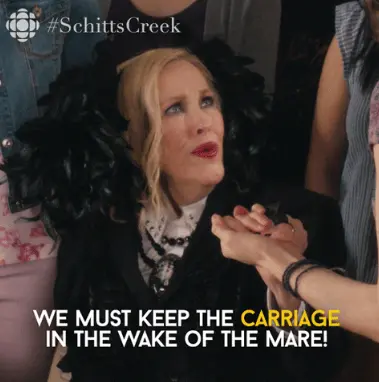
A Guide to This Protection Guide
Foundationally, brand protection is centered around safeguarding long-term brand value. A complete brand protection strategy focuses on maintaining a consistent brand image and pricing across sales channels, while also defending copyrights, trademarks, and patents. There may be many things you should do, but it is important to begin with the most pressing issues and ensure your solutions will help you achieve long-term ROI. With the rise of marketplaces like Amazon, many companies are struggling to get control of the sale of grey market goods and keep authorized retailers in line with pricing policies. Seeing an opportunity, an increasing number of “brand protection” software and service providers have emerged to sell you a tool to address issues like price erosion—without addressing the root cause. Brand Guarde believes in helping you find and manage the deeper rooted problems so that you don’t have to spin on a wheel of half solutions (leave that to your kid’s pet hamster 🎡).
In the first part of this guide we will cover the following:
- Dropping Prices on Amazon
- Is a MAP Enforcement Program the Solution?
- Drowning in Authorized Sellers
- Are you missing out on the Buy Box?
- Choosing Amazon Sales Strategies
- Which Strategy is Right for Your Brand?
Dropping Prices on Amazon
Price erosion on Amazon is one of the biggest symptoms that wake businesses up to the reality that they have brand protection issues. We have worked with many e-commerce and sales managers who dread getting that angry call from a retailer saying they can’t compete with the prices they see on Amazon. Or worse, a big retail buyer is not going to carry their products because the prices are too low online.
Often companies think the next step is to begin exploring if a Minimum Advertised Pricing (MAP) program is the answer. MAP policies establish the lowest price that a manufacturer will allow their products to be displayed or advertised for sale. The goal of establishing a MAP policy is to maintain a consistent perception of brand value to consumers and to protect profit margins for you and your approved retailers. These policies will often detail what types of discounts are allowed, where products can be advertised for sale, situations MAP doesn’t apply, and steps the company will take to enforce its MAP policy. We’re covering a lot today, so you can dive deeper into this subject in our last blog post, but here’s the catch: a MAP program will only be effective to manage your authorized sellers with who you have a relationship and where you can identify and cut off their access to your products.
Is a MAP enforcement program the Solution?
In the several years we’ve been working to help brands take back control of their products on Amazon, we have seen many spend large amounts of time and money to institute MAP enforcement software and be frustrated by the lack of results. This is because often the problem isn’t authorized sellers, which is what a MAP program helps control. Before jumping in to solve the symptom, it is important to evaluate the root of the problems to make sure you are solving the real issues. Ask these three questions before moving forward with a MAP program:
- Do we know the identity of resellers offering our products on Amazon?
- Can we cut off distribution to these sellers?
- Can we prevent these sellers from accessing our products from other sources?If you answer “yes” to these questions, then your MAP initiative has a good chance at keeping your authorized sellers’ pricing consistent on Amazon. 👏👏
If you don’t already have a MAP policy in place with clear enforcement guidelines, then start the process by getting a MAP policy created by your legal counsel. Then you will want to share those updated policies with all of your authorized sellers to make them aware of the change.
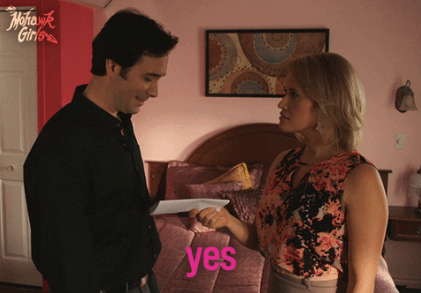
Drowning in Authorized Resellers
One of the biggest mistakes companies make is allowing too many resellers to sell their products on Amazon. This is usually due to having a traditionally open distribution strategy that allowed any retailer to sell where they would like. This strategy worked well before the emergence of e-commerce and marketplaces like Amazon because it was difficult for consumers to compare prices at multiple brick-and-mortar stores. However, the design and increased visibility of Amazon’s platform simplifies price and product comparison for consumers and retailers alike.
The design of Amazon’s site also forces multiple retailers selling your product to list on a single centralized listing for that product. These sellers are all vying for the listing Buy Box, the coveted position on the top right corner of an Amazon product listing where customers can Buy Now or Add to Cart.

Are You Missing out on the Buy Box?
Analysis has shown between 80-90% of sales will go to the seller whose offer is currently in the Buy Box. When there are multiple resellers on a single product listing, Amazon chooses which seller is granted the Buy Box based on a variety of factors. The lowest offering price is one of the largest factors for winning the Buy Box. So when you have multiple sellers all competing for the Buy Box on the same product, it creates incentives to lower prices. While resellers would usually rather sell products at higher margins, they are forced to compete almost exclusively on price on Amazon. Approving ten resellers to sell your products on Amazon is like allowing ten stores on the same street corner to sell your product—having too many retailers selling your products on Amazon adds little value and only increases the chances for price erosion.
Choosing Amazon Sales Strategies?
Another important element to brand protection is a sales strategy. To maintain long-term brand value, you must move towards a marketplace sales strategy that gives you more control. Since we’re focusing on Amazon here, there are three common sales strategies companies take with the marketplace.
Which Strategy is Right for Your Brand?
1) Direct to Consumer via Seller Central (3p): Selling directly on the marketplace through your own third-party seller account will give you the most control over listing content, pricing, and promotions. It can take some time to learn the ropes of selling on Amazon which is why brands will often hire an outside agency to help get them launched on the platform.
2) 1st Party (1p) sales via Vendor Central: Another option is to sell directly to Amazon through the Vendor Central program. This can be an easier option for companies that are used to the typical retailer distribution model, but the biggest downside is losing pricing and stocking control. Amazon will not follow your MAP pricing guidelines and will often chase prices of other sellers or match your prices on other marketplace sites like Walmart.
Bonus Strategy: Some companies also choose to use a combination of these methods to hedge the risks associated with each option. For instance, some companies use the hybrid Vendor Central / Seller Central strategy to sell low-profit products or heavy products directly to Amazon via Vendor Central while selling more profitable products direct to consumers through Seller Central.
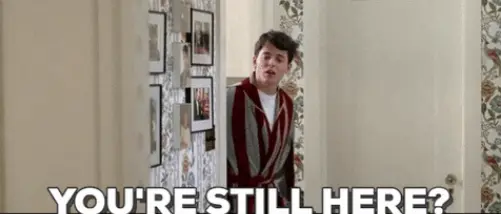
Up Next
You’ve made it to the end 🏅! (And hopefully weren’t holding your breath 😅).
Brand protection can feel like a daunting endeavor and our aim is that these guides help you better understand a few of the habitual issues we see brands face on Amazon, and give deeper context behind the commonly proposed solutions and why they may or may not work for your company. Run a few laps and get ready for next week because we’re covering: Anonymous & Gray Market Sellers (how to identify and remove), and Counterfeit Sellers (programs to help).
It’s here! Check out the Ultimate Guide to Brand Protection: Part 2.
If this would be helpful to people you know, please share! Or if you’re excited for round two, we’d love to hear from you on our social media!
#AmazonSeller #AmazonGuide #MapEnforcement #AmazonBuyBox #BusinessGuide #BrandProtection
